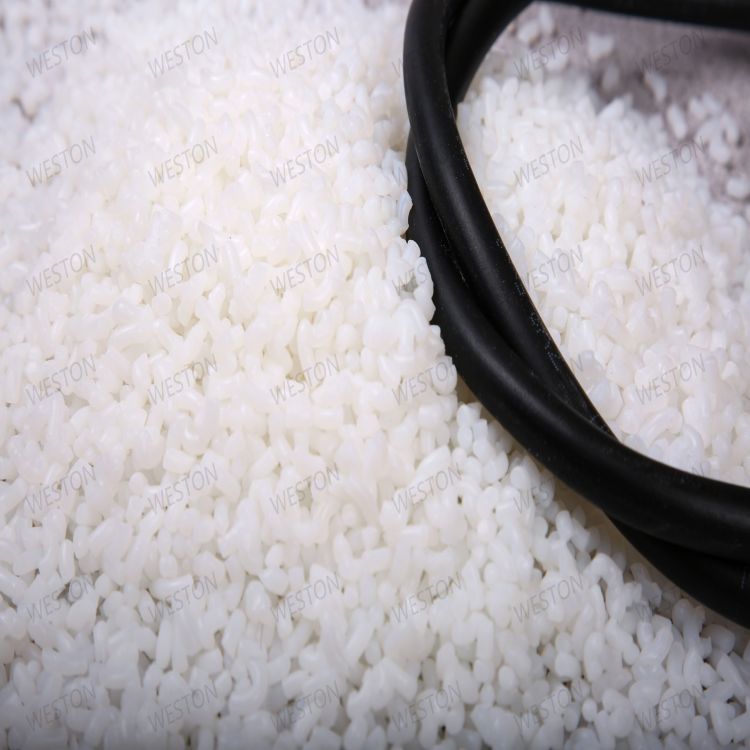-
Categories
-
Pharmaceutical Intermediates
-
Active Pharmaceutical Ingredients
-
Food Additives
- Industrial Coatings
- Agrochemicals
- Dyes and Pigments
- Surfactant
- Flavors and Fragrances
- Chemical Reagents
- Catalyst and Auxiliary
- Natural Products
- Inorganic Chemistry
-
Organic Chemistry
-
Biochemical Engineering
- Analytical Chemistry
- Cosmetic Ingredient
-
Pharmaceutical Intermediates
Promotion
ECHEMI Mall
Wholesale
Weekly Price
Exhibition
News
-
Trade Service
2.
3.
1 The direction of the chemical reaction
1.
Judgment of the direction of chemical reaction
When PCI 3 and Cl 2 are mixed in a certain proportion and heated in a closed container, the reaction is
PCI 3 (g)+Cl 2 (g)=PCl 5 (g)
Clearly, the direction of the reaction is PC1 .
5 direction generated
.
The PC1 .
5 was heated in a closed container, it is reacted
PCl 5 (g)=PCl 3 (g)+Cl 2 (g)
Obviously, the reaction direction is the direction of PCI 5 decomposition
.
From the above examples, it can be concluded that the reaction direction is related to the reaction conditions, including temperature, pressure, and reactant ratio
.
Let's look at another example: mixing the CaCl 2 solution with the Na 2 SO 4 solution to form a white CaSO 4 precipitate
Ca 2 + +SO 4 2- =CaSO 4
If the newly formed CaSO 4 is put into a large amount of water, the CaSO 4 will dissolve
.
The reaction direction is the direction in which CaSO 4 dissolves
CaSO 4 =Ca 2 + +SO 4 2-
What criteria should be used to determine the direction of the reaction?
In the study of this chapter, the direction of chemical reaction refers to the direction in which the chemical reaction proceeds spontaneously when various substances are in the standard state
.
Obviously, the spontaneous direction of the reaction reaction between Ca 2+ and SO 4 2- of standard concentration is definitely to generate CaSO 4 , and dissolving CaSO 4 in water cannot make the concentration of Ca 2+ and SO 4 2- reach the standard state
The direction of chemical reactions under non-standard conditions will be discussed in Chapter 4 (Chemical Equilibrium)
.
2.
The influence of reaction heat on reaction direction
Chemical reactions are often accompanied by thermal effects
.
Studies have shown that exothermic reactions can generally proceed spontaneously, such as
These two exothermic reactions can proceed spontaneously, and the temperature can still be increased spontaneously
.
Some exothermic reactions can proceed spontaneously at room temperature, but the direction of the reaction is reversed at a certain high temperature, such as
At higher temperatures, NH 4 Cl and ZnSO 4 will undergo decomposition reactions
.
The reverse reaction of the above two reactions is an endothermic reaction, which cannot proceed spontaneously at room temperature, but can proceed spontaneously at a certain high temperature
.
Some endothermic reactions cannot proceed spontaneously at room temperature, nor can they proceed spontaneously at high temperatures, such as
It is illustrated by the examples of the above reaction directions: ①Exothermic reactions can generally proceed spontaneously at room temperature, and endothermic reactions generally cannot proceed spontaneously, that is, the heat of reaction is the main factor affecting the direction of the reaction; ②Some exothermic reactions that can proceed spontaneously at room temperature When the temperature is higher, the reaction direction is reversed, indicating that the temperature also affects the direction of the reaction; ③Some exothermic reactions that can proceed spontaneously at room temperature still proceed spontaneously at high temperatures, and some endothermic reactions that cannot proceed spontaneously at room temperature are at high temperatures.
It still cannot proceed spontaneously, indicating that in addition to thermal effects and temperature, there are other factors that affect the direction of the reaction







